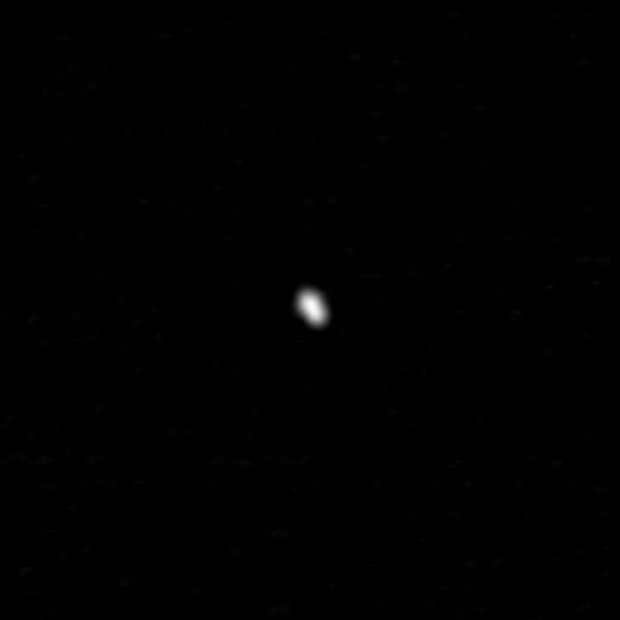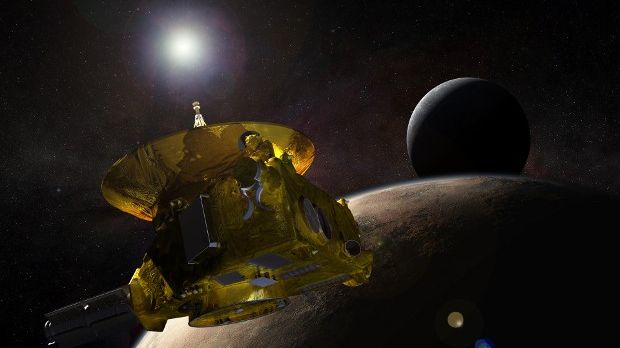Earlier this year, on July 14, NASA's New Horizons probe made space exploration history when, after traveling through space for nearly a decade, it at long last reached the edge of our Solar System and flew by Pluto and its accompanying moons.
During its flyby of the Pluto system and in the hours leading up to it, the NASA probe used its LORRI (Long Range Reconnaissance Imager) camera to snap photos of the dwarf planet and the orbs circling it, i.e. Charon, Hydra, Nix, Kerberos and Styx.
What's interesting is these many moons of Pluto were only spotted decades after the dwarf planet was discovered by astronomer Clyde Tombaugh in February 1930.
Charon didn't come into view until 1978, Hydra and Nix were documented in 2005, and teeny tiny Kerberos and Styx remained hidden until 2011 and 2012, respectively.
Since they've only recently been discovered, we don't really know all that much about Pluto's moons. Data and images beamed back by New Horizons, however, are helping us figure them out.
For one thing, the probe has revealed Styx's size and shape
The last to be discovered, Styx is described by astronomers as Pluto's absolute smallest moon. Until NASA's New Horizons mission, the orb's anatomy remained an enigma.
Then, earlier this week, the probe beamed back a view of this faraway orb. The image, available below, was obtained on July 13, about 12.5 hours before New Horizons' closest approach to Pluto, from a distance of about 391,000 miles (631,000 kilometers).
Based on this rather blurry view of Styx's silhouette, scientists estimate the elongated orb measures about 4.5 miles (7 kilometers) across at its widest and 3 miles (5 kilometers) across at its narrowest. Being as small as it is, gravity hasn't modeled into a sphere.
Interestingly, there is evidence Styx holds ice deposits on its surface, NASA researchers say. This would explain why, in this image, the celestial body appears especially bright.
“Styx's measured brightness, combined with this new size estimate, suggest this tiny moon has a highly reflective, icy surface, similar to what was previously found for two of Pluto's other small moons, Nix and Hydra,” astronomers explain.

 14 DAY TRIAL //
14 DAY TRIAL // 

